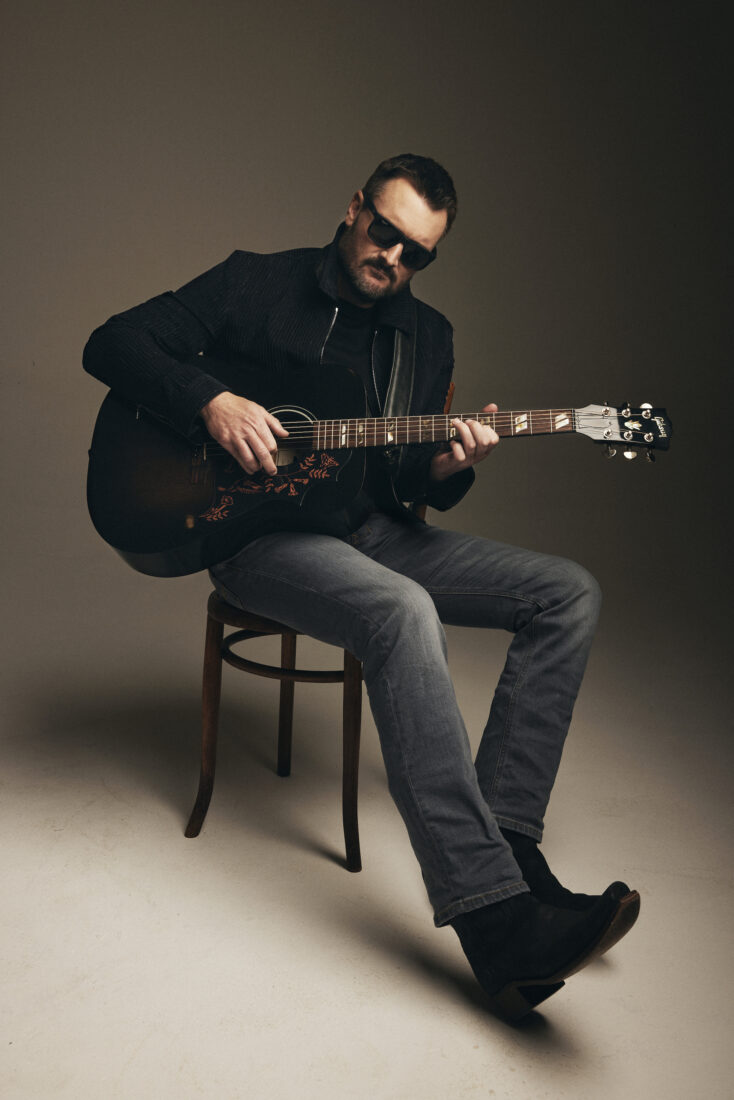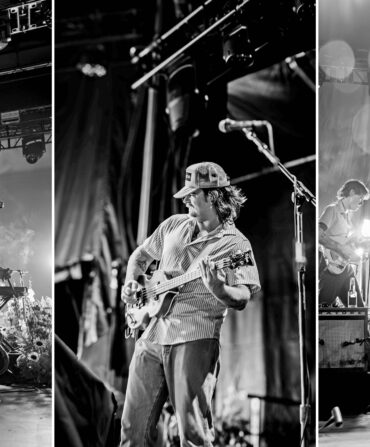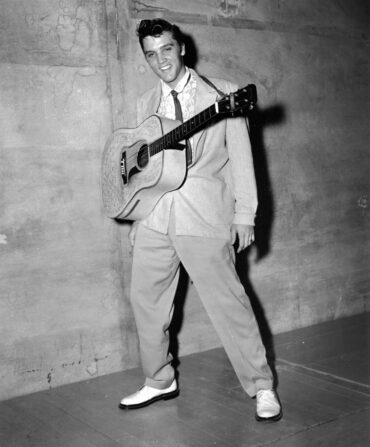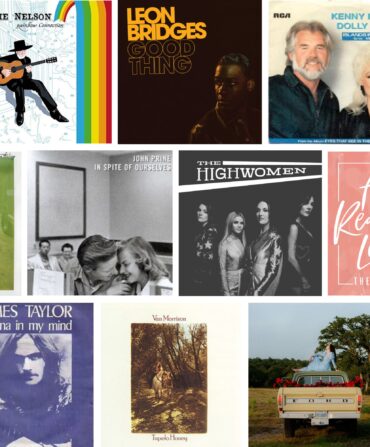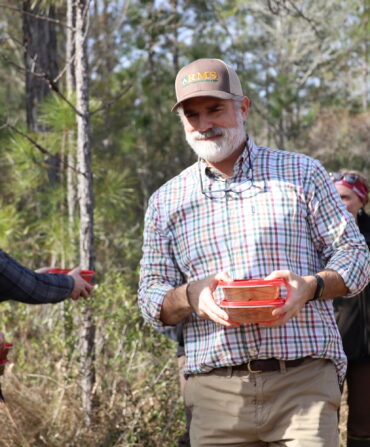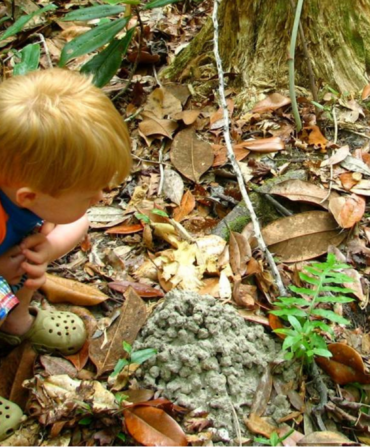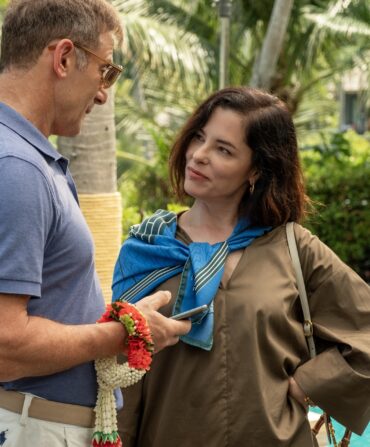When it comes to Eric Church, always expect the unexpected. The superstar and North Carolina native’s seven studio albums have veered from swaggering barroom country-rock to moodier, acoustic fare on 2016’s Mr. Misunderstood to the R&B, countrypolitan vibes of 2021’s triple-album opus Heart & Soul. But what remains consistent throughout is Church’s exceptional songwriting and a conviction to keep pushing his art to new heights.

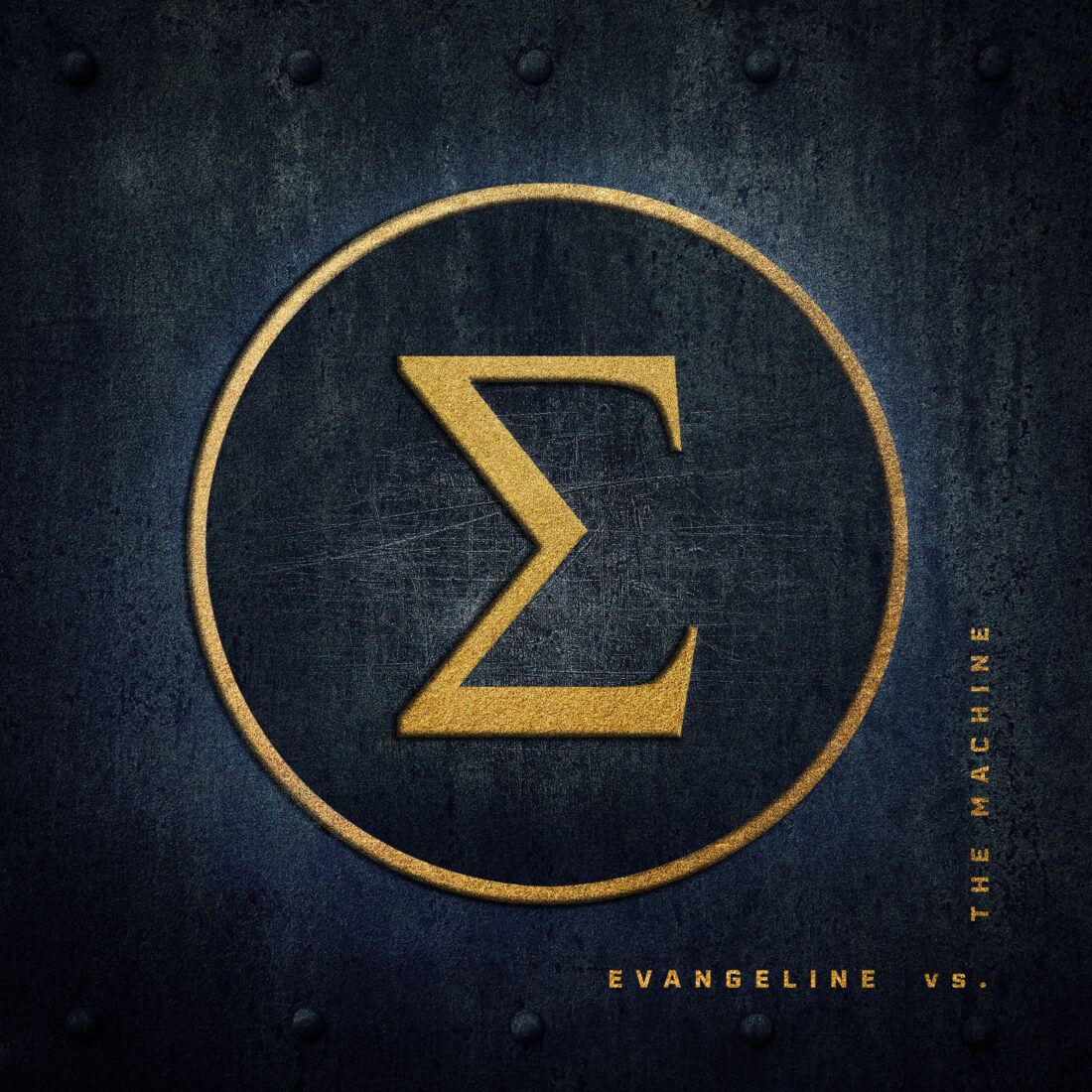
Still, nothing quite prepares you for the material on Church’s fearless new album, Evangeline vs. the Machine. The eight-song collection opens with the punchy “Hands of Time,” a slice of classic Church with an earworm chorus and crunchy guitar. “Bleed on Paper” starts with a plaintive twang but then enters uncharted territory: Sweeping strings, bright horns, and a gospel choir kick in and only get more pronounced as the album unfolds. The songs touch on recurring themes of nostalgia and lost innocence, such as the school-shooting-aftermath lament “Johnny” and the IMAX-sized cinematics of “Storm in Their Blood” and “Darkest Hour.” It’s Queen-esque rock opera mixed with the grandiosity of late-sixties Rolling Stones dropped into a whiskey glass. Save for perhaps Kacey Musgraves, it’s hard to imagine another country artist attempting something like Evangeline, much less pulling it off.
G&G spoke with Church about his inspiration for the album, why vibes matter, and what he’s been doing to help his home state after Hurricane Helene. Evangeline vs. the Machine is out today and available everywhere.
The new record is something.
You need to listen again with some gummies and sit in a really dark room [laughs].
There has to be a specific moment or thing that inspired it.
Trombone Shorty played a show with me in New Orleans [in 2022], and we ended up in the dressing room afterward, having this conversation about using brass and string instruments. He invited me to play his Jazz Fest after-show concert and wanted to do “Cold One” [a song from Church’s 2014 album, The Outsiders]. I’ve played “Cold One” a thousand times but never this way. There were horns and his choir members, one guy on a janky violin. It was very New Orleans and funky.
On the plane ride home, I thought, I’ve never heard that song that way. It planted a seed. I talked to Jay [Joyce, Church’s longtime producer] about it, and I told him that when I watch a movie or a Netflix series, the most compelling scenes always have the tension of strings and horns in the background. I said, “I want to make that record. What if I take the songs I’ve got, and we just put those colors in the room and see what we paint?”
You write constantly; how did you know what songs would fit?
I didn’t. If you heard me play any of these eight songs on the record with an acoustic guitar compared to what they ended up being, you wouldn’t recognize a damn thing. That’s the fun part. I’ve got a lot of songs, and I don’t mean this arrogantly, but I know some of them are big hit songs. I knew those were ones that people would jump out of their chairs for, but those songs didn’t fit with what’s happening. Then the challenge was finding the album in the middle of that.
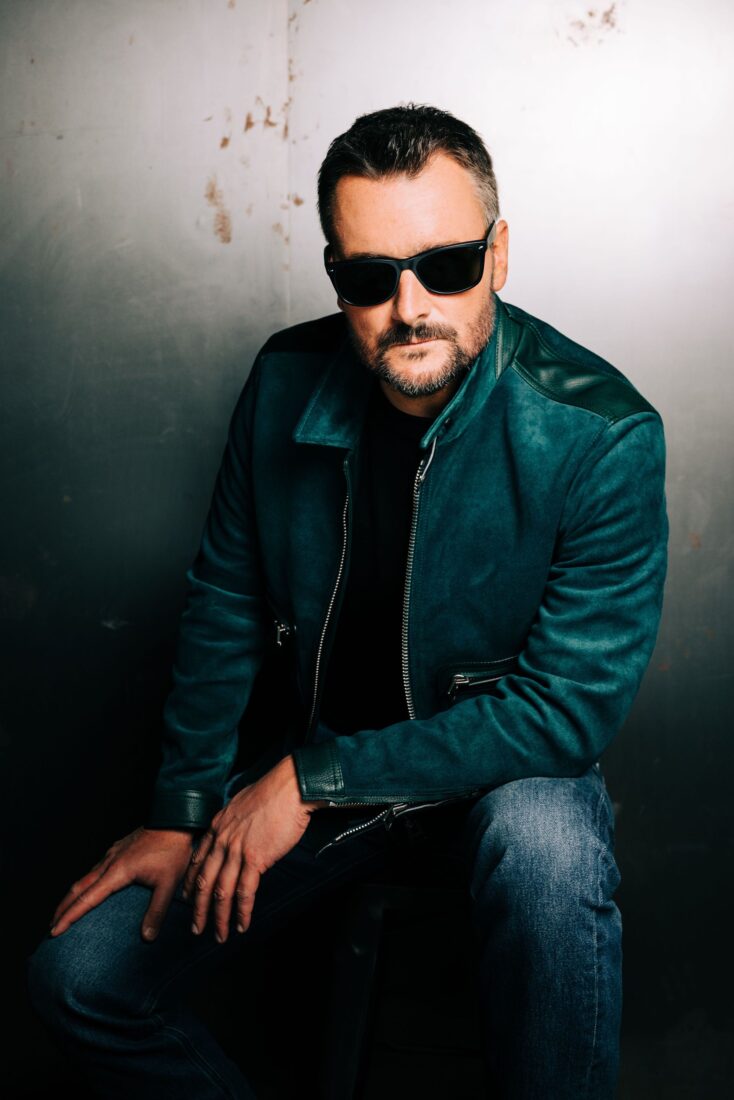
A cover of Tom Waits’s “Clap Hands” closes the album. How does that song fit in?
It’s one of my favorite songs of all time, and I love his quirkiness and weirdness, like when he goes to that Louis Armstrong throat-clearing thing. It’s so great. I was watching a movie one night, and in the outro, “Clap Hands” came on. I was going to the studio the next morning, and I didn’t know what we would do. When I heard that song, I paused, grabbed my acoustic guitar, rewound it to when it started, and laid down the chord progression. I sent it to Jay with the idea of cutting it the next day. That was not a song anywhere on my radar, but my radar was up for the sound that I wanted to do. So when the next day came, I cut it.
So who are Evangeline and the Machine?
My kids are thirteen and ten, and they’re on their iPads or their phones, and everything’s very machine-driven. Evangeline is the muse, so it’s a creative element against the machine. We’re still trying to be innovative in a world that tries to dull the edges of that. The biggest thing to me, and to do a record like this, in this time, with what’s out there, is creativity. I’m fighting against the machine to get it out.
You just announced a tour for this fall. How will you fit the new material in? It almost begs to be played start to finish.
Yep, we’re going to do that. My idea for the tour is that we will come out in big band form. Then we’re going to go into, like, OG form, which is myself, the main band, and Joanna [Cotten], and then we’re going to bring that down to something solo acoustic, so it’s going to be this arc throughout the show and you’ll see this thing peel back down to the end. Which is really what the beginning is, just me and a guitar. I’ve not planned the tour yet, but as of right now, that’s my working template.
Joanna Cotten, your singing compadre in the live show, is back after taking some time off.
Damn, I’m happy about that. I’ve sung with everyone, and nobody’s like Joanna. Having those moments with her that we’ve done over a decade now is incredible. We talked last night, and I said, “First of all, I need you.” There’s something about that moment when we connect musically, and you can’t be arrogant and say, “This just happens all the time,” because it doesn’t.
You have such a rabid fan base. How do you think they’ll react to the new material?
I’ve taken them down some strange roads, but I’ve earned some trust over time that the fans will go on that journey. I’ve seen some fans going, “Listen, I don’t know about this string thing, but I’m willing to buckle up.” That’s what I’m asking for. And, you know, at the end of the day, it’s got to be good. I mean, I’m a music snob, I listen to everything, and one of the things I go with is “Is this good?” I remember listening to Evangeline the first time and thinking, “Okay, I got it, this is a vibe.” Vibes matter to me. I could do ten hit songs right now, but is that a vibe? Do you get a vibe? Being able to do that artistically with a full album, especially now when that’s not happening as much, excites me, and I think it excites the fans, too.
You’re donating the royalties in perpetuity from the new song “Darkest Hour” to help with Helene relief in Western North Carolina, as well as starting a project to build homes. What has that area meant to you?
That area has meant so much to me creatively. I travel all the time, and it’s always noisy, but that is where it gets quiet for me. And to see what happened there was just devastating. We’ve raised a bunch of money, and I started thinking, “How do we keep the communities together?” You can’t just give them diapers, pay for a hotel room, and then tell them, good luck. So with Blueprint for the Blue Ridge, we’re trying to build actual homes and provide a path to ownership. Avery County is the poorest in the state, and these people would have never thought about owning a home in the first place. You take a disaster like Helene, and you don’t just try to change their life, but you try to change it generationally, so it affects their kids and their grandkids.
We’ll end up doing about two hundred homes in Western North Carolina, where people can not only live there for a while, cost-free, but they’ll also have the opportunity, which we’ll help with, to own that home. They get to stay there, near their church, their family, their school. With all the red tape and regulations you have to deal with, it’s the hardest thing I’ve ever done. But it was an absolute no-brainer.


